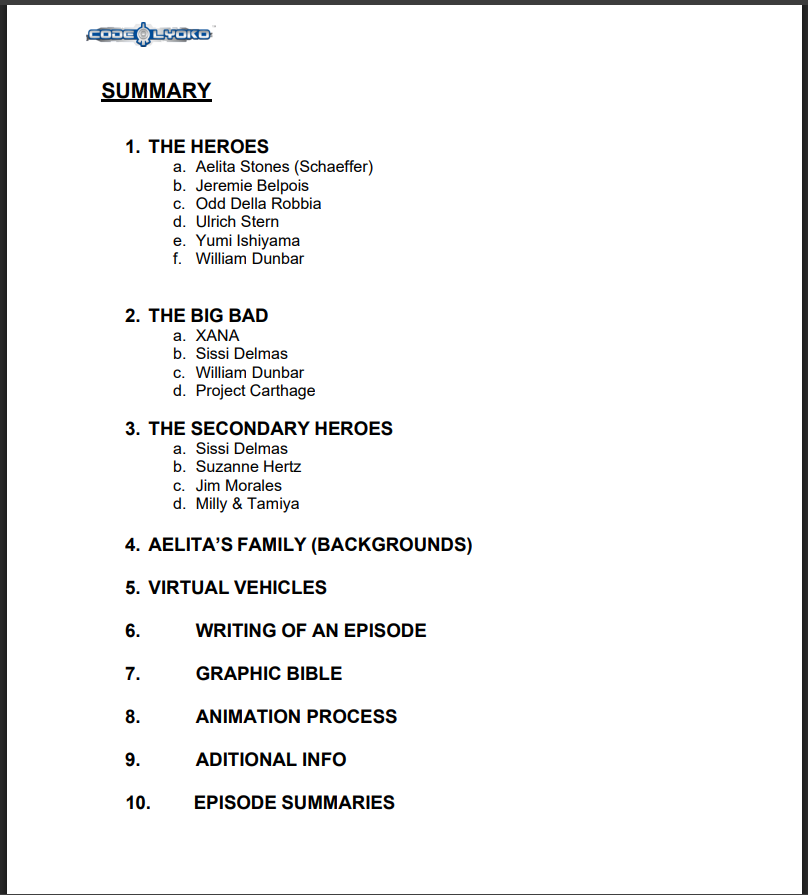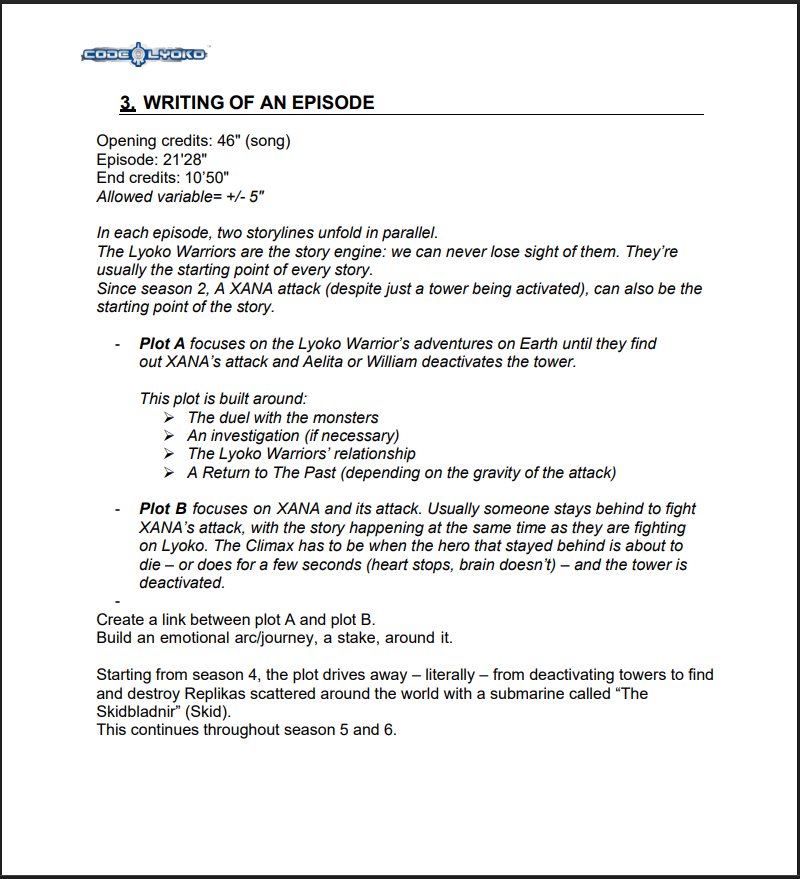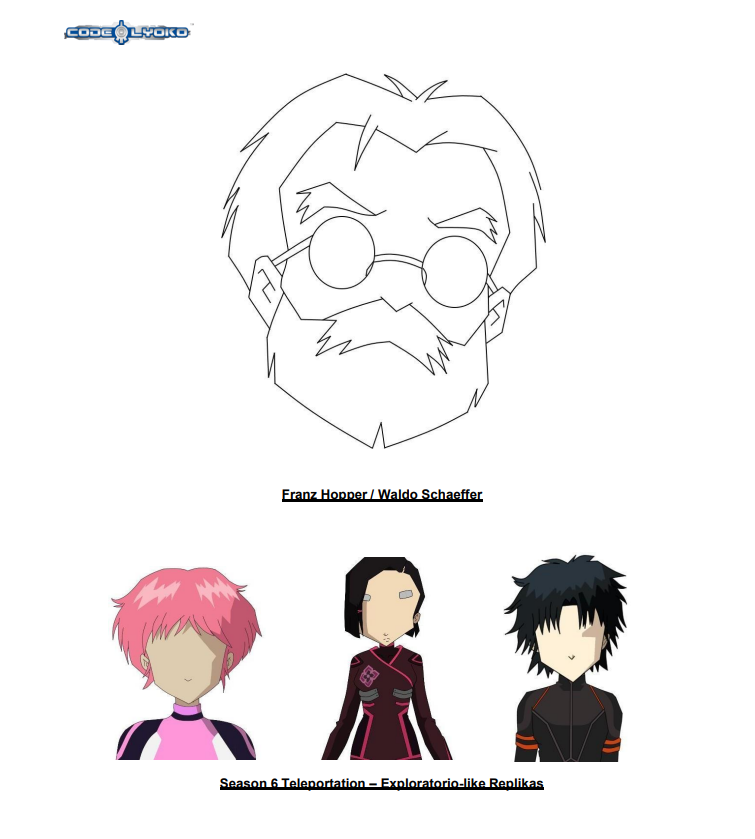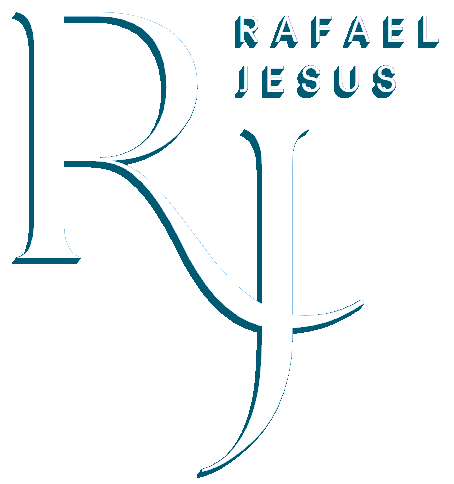CODE LYOKO BEYOND
26 March 2025
Code Lyoko Beyond is a narrative continuation of the famous French animated series Code Lyoko, which captivated a generation in the 2000s with its innovative mix of virtual worlds, teenage drama, and science fiction, using 3D animation for scenes in the virtual world at a time when 3D was still quite complex and rarely used.
My series, Beyond, aims to expand that universe, deepening the characters, addressing more mature themes, and developing new narratives that respect the original essence but take the story in new directions, just as each original season did.
Unlike a story simply written and published on a public platform, Code Lyoko Beyond was conceived by me as a cohesive production from the start, with a professional structure, a complete story bible, graphic design, and technical guidelines. The goal is not just to "continue the story" but to build a new narrative cycle with depth and real screen adaptation potential, staying as faithful to the original as possible.
What creating an animation project involves
Creating an animation project like Code Lyoko Beyond goes far beyond picking up the characters and telling stories. It is a collaborative and highly technical process, divided into several fundamental phases:

- Creation of a story bible, with all information about characters, narrative arcs, universe, antagonists, and episode structure.
- Writing of episodic scripts, with dual-plane storytelling (real world and virtual world) and constant emotional progression.
- Planning of seasonal arcs, with defined climaxes, transitional episodes, and relationship development.
- Creation of the graphic bible: character visuals, uniforms, environments, and technology (replicas, vehicles, towers, etc.).
- Visual style: definition of animation type (2D, 3D, or hybrid), color palette, and visual identity.
- Reference animations: storyboard, animatics, and keyframes for key scenes.
- Definition of software to be used (After Effects, Photoshop, Paint.NET, Blender, etc.).
- Creation of special effects for transitions, virtualizations, devirtualizations, specters, and digital environment.
- Synchronization of sound, voices, original soundtrack, and effects.
- Organization by phases: pre-production, production, post-production.
- Creation of internal documentation: description of each character, front, side, and back movement guides, list of special effects used.
- Adaptation of episodes to broadcast format (length between 22–30 minutes).
- Creation of promotional content: trailers, teasers, virtual posters.
The content created in Beyond not only offers a natural progression of the characters but also new challenges, virtual worlds, and threats. The project is designed to attract both the original audience (now older) and a new generation.
It is a clear example of how the legacy of a series can be respected and renewed with professionalism, creativity, and structure.
Creating a story bible is a task of great responsibility, especially when it involves a series like Code Lyoko, which marked a generation and left behind a deeply dedicated fanbase.
 To create this story bible, I began by revisiting the entire original series, episode by episode, noting chronological details, character development, continuity flaws, and potential unexplored arcs. My goal was simple: to respect everything that happened while finding space to grow and deepen.
To create this story bible, I began by revisiting the entire original series, episode by episode, noting chronological details, character development, continuity flaws, and potential unexplored arcs. My goal was simple: to respect everything that happened while finding space to grow and deepen.I took into consideration not only the events of the original series but also behind-the-scenes materials, interviews, the “Garage Kids” version (an unreleased pilot), and popular fan theories. All this research allowed me to build a coherent bridge between the four original seasons and the new episodes envisioned for Beyond.
The bible was divided into essential sections for narrative development and production:
- Summary of seasons 1 to 6 (retelling the story in a chronological and coherent way);
- Brief presentation of the series for external readers;
- Thorough character descriptions (main, secondary, and villains);
- Universe context (Project Carthage, Lyoko, Supercomputer, RTTP);
- Creative process of episodes (script structure and storytelling model);
- Episode summaries, season by season, with progressive arcs;
- Graphic and technical processes, including animation, software used, and visual design;
- Virtual vehicles and monsters, including stats, hit points, and evolution;
- Sources of sound and visual inspiration, even planetary textures for the space replicas.
Each element was written with the intent of facilitating production, maintaining narrative consistency, and providing a clear starting point for future writers and visual artists.
One of the most exciting (and demanding) parts was expanding the development of the main characters. I paid special attention to the emotional and psychological evolution of each member of the Lyoko Warriors.
Aelita, for example, is no longer just “the guardian of the towers” but becomes a central figure of emotional leadership. William, on the other hand, went from “temporary villain” to one of the most complex characters, exploring his place in a group that once rejected him and trying to find his path after having been used by the main villain.
I did not hesitate to approach more mature themes – from unresolved interpersonal relationships and questions of identity to the psychological weight of the responsibilities the characters carry. Each character evolved organically, respecting their age, academic path, and the events of previous seasons.
For these new seasons created by me, some changes were made, among which you will see:
- New replicas (including space replicas on Mars, Venus, and even Titan, Saturn’s moon);
- New virtual sectors, like the Exploratory – the virtual world of Project Carthage;
- New vehicles and navigation systems, such as the Skid 2.0 and the Explorer;
- New dangers and threats, such as the major issue of the Lyoko Warriors’ human and virtual DNA, or X.A.N.A. managing to possess the warriors;
- Previously secondary characters gaining relevance, like Patrick Belpois, Professor Hertz, and Sissi;
Each new idea was justified within the logic of the universe and integrated in a timed manner into the episodes, with specific dates (I even included French school calendars to maintain temporal plausibility).

Each episode follows a similar structure with the existence of a plot A (the main one) and plot B: something in the virtual world and something in the real world, always having two stories happening simultaneously.
Just like the original series, each narrative includes moments of action, humor, and emotion.
For Beyond, I focused on ensuring that each episode had a larger impact on the story, whether through discoveries, losses, decisions, or twists.
I introduced continuous arcs that develop over several episodes, allowing the story to breathe and create empathy with the audience. Each season was designed as a crescendo, culminating in a dramatic and emotional climax – especially season 6, where the cycle of more than 20 years initiated by Franz Hopper comes to a close.
 Beyond the written text, the bible includes visual references, graphic design, and animation guidelines, also created by me. I used tools like After Effects and Photoshop to create specific effects and transitions, from the specter pixelation to the smoke of the towers. Every visual detail corresponds with the narrative text and serves to reinforce the atmosphere and tone.
Beyond the written text, the bible includes visual references, graphic design, and animation guidelines, also created by me. I used tools like After Effects and Photoshop to create specific effects and transitions, from the specter pixelation to the smoke of the towers. Every visual detail corresponds with the narrative text and serves to reinforce the atmosphere and tone.All this work culminates in a cohesive vision, where narrative, aesthetics, and technical structure merge into this final result:
